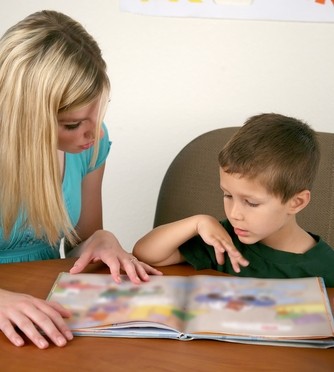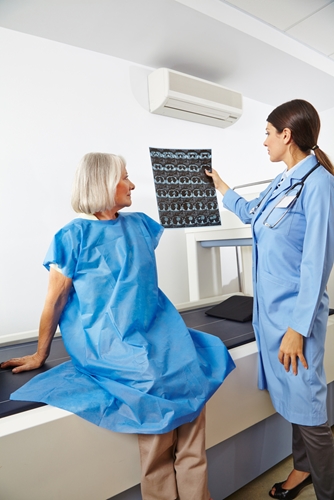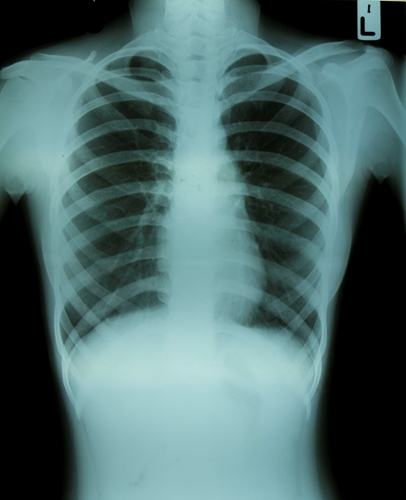Speech sound disorders affect up to 10 percent of school-aged children, according to the National Institute on Deafness and Other Communication Disorders. These can include the inability to pronounce certain sounds, stuttering and lisps. Children should be able to speak normally by the age of 8, but speech-language pathologists can help if they do not. There are various methods of therapy that can correct speech. However, new evidence suggested that the use of medical imaging can help children form sounds correctly.
Visualizing speech
Published in the Journal of Speech, Language and Hearing Research, researchers from New York University and Montclair State University discovered that ultrasounds improve articulation in children when used simultaneously with therapy. While research combined two separate studies of groups of four children each, the results were ultimately the same – being able to see how the tongue formed sounds aided adolescents in repeating them.
The studies focused mainly on the rhotic North American English sounds to help improve the "r" pronunciation since it is the hardest to explain but easiest to show. In both studies, researchers held an ultrasound probe under the chins of participants to allow them to visualize the shape their tongues formed while speaking.
"The idea that you could get around the challenges with 'r' sounds by showing children their tongues as they are talking is really appealing to clinicians," the study's lead author and assistant professor in NYU's Department of Communicative Sciences and Disorders Tara McAllister Byun told Medical Xpress. "That's what ultrasound technology lets us do."
Flexibility is key
During both studies, the ultrasound machine captured multiple images of how the children formed specific rhotic sounds. In the first group of four, the participants were required to make the same shape with their tongues. While there was a slight improvement, three out of the four remained nearly the same as when they started.
The second study showed more progress. Children were allowed to form their tongues however they felt comfortable as long as they made the correct sound. All four showed improvements. In both studies, the adolescents showed greater gains using ultrasound imaging as opposed to simply reshaping their tongues.
"Our second study offers evidence that when flexibility is given to choose a tongue shape, rather than a one-size-fits all approach, ultrasound biofeedback treatment can be a highly effective intervention for children with trouble pronouncing 'r' sounds," Byun explained to Medical Xpress.
Seeing how their tongues should form the word can aid children in pronouncing sounds. While articulation therapy is beneficial for speech sound disorders, it can be even more useful with the aid of digital imaging.
Ronny Bachrach
Latest posts by Ronny Bachrach (see all)
- Konica Minolta Debuts First-of-Its-Kind Digital U-Arm System at AHRA - July 27, 2016
- Researchers Detect Signs Of Stroke Risk Using MRI - June 27, 2016
- Imaging Biz: Q&A with David S. Channin MD: How to Make PACS Patient Centered - June 22, 2016










